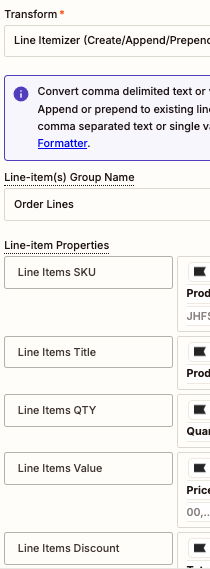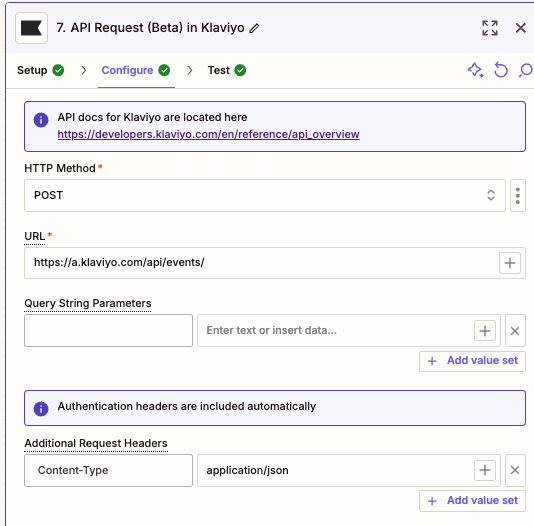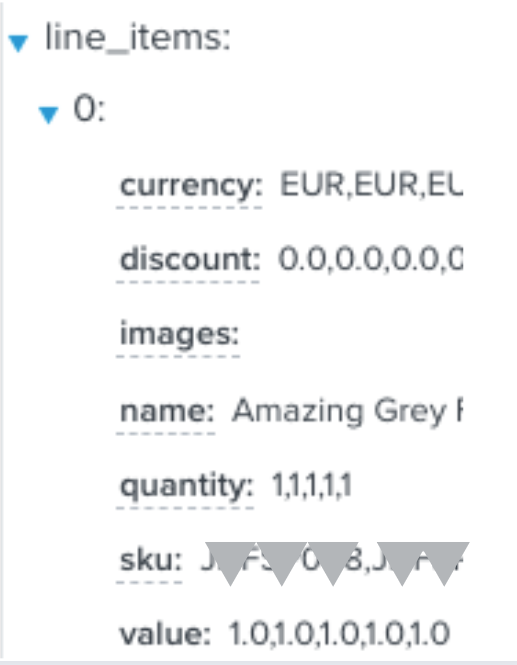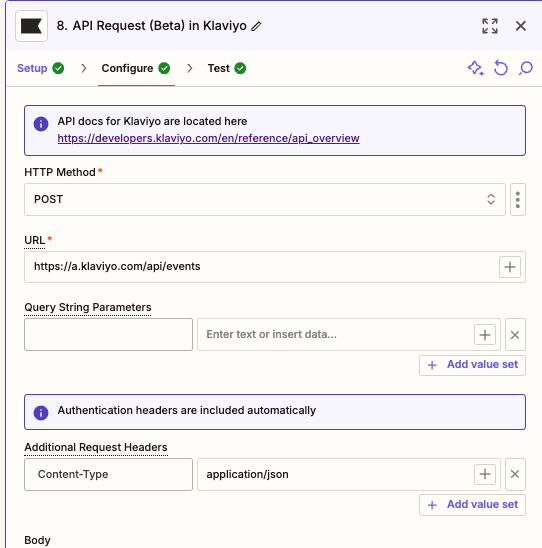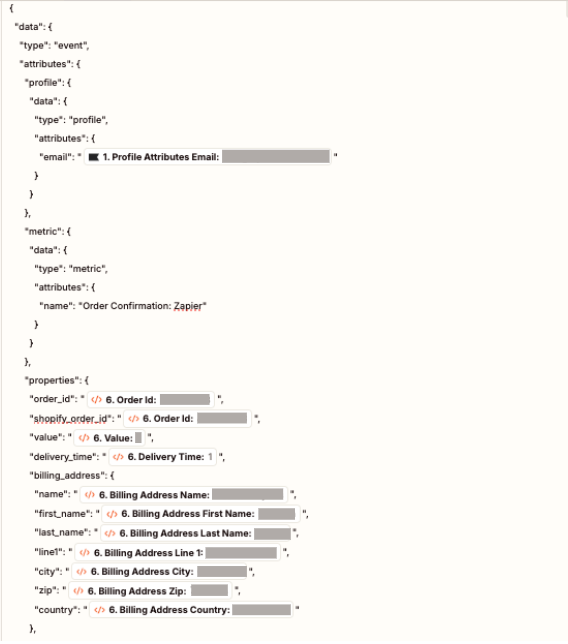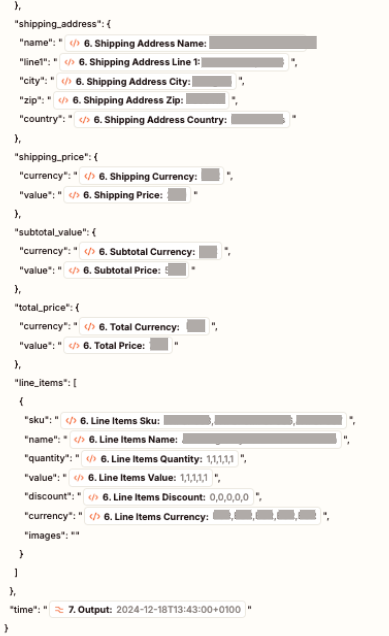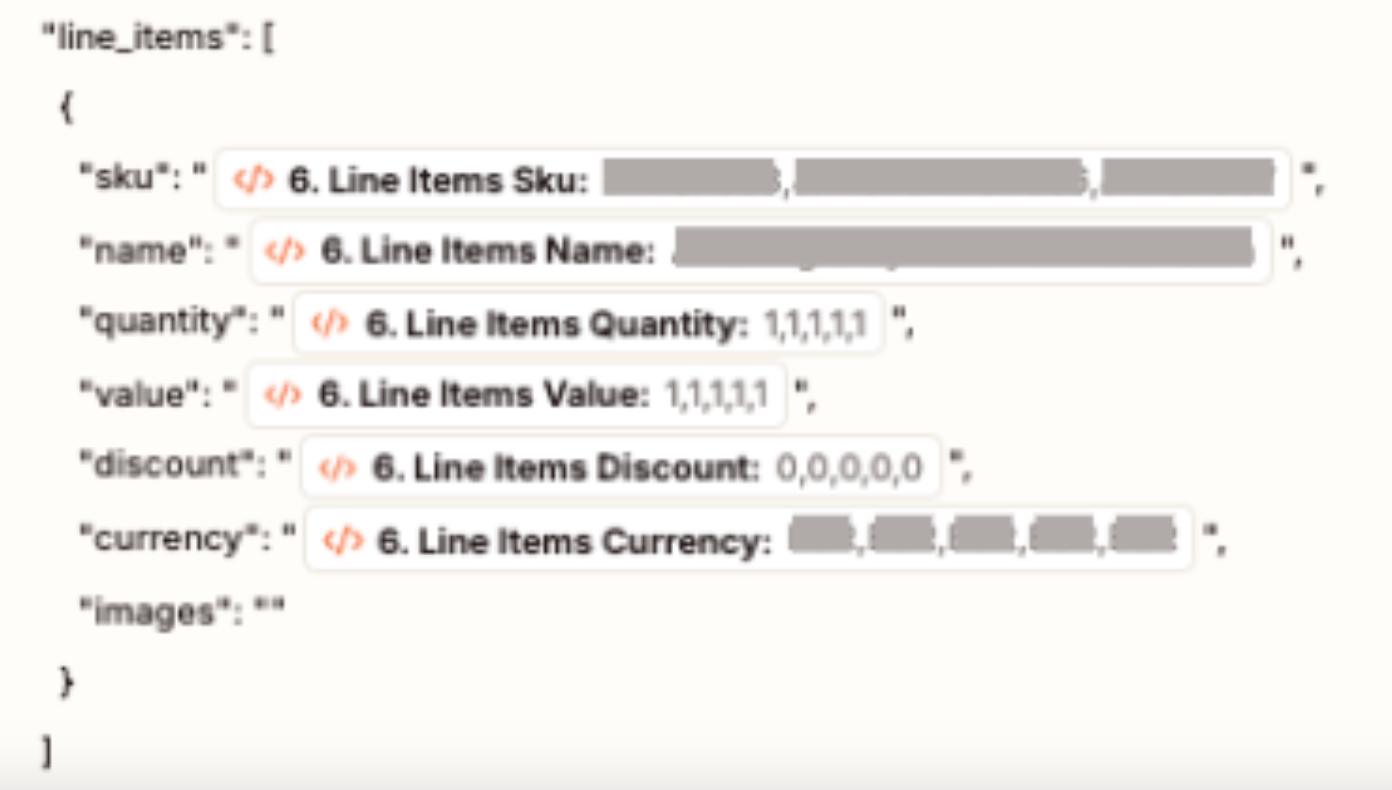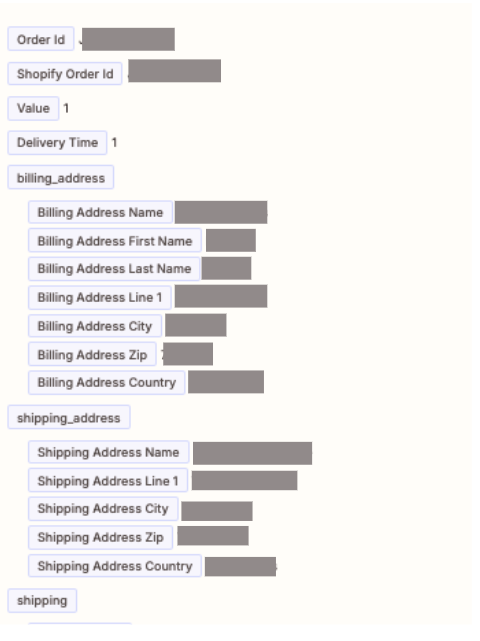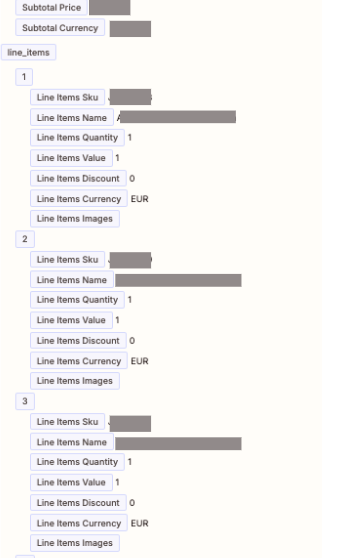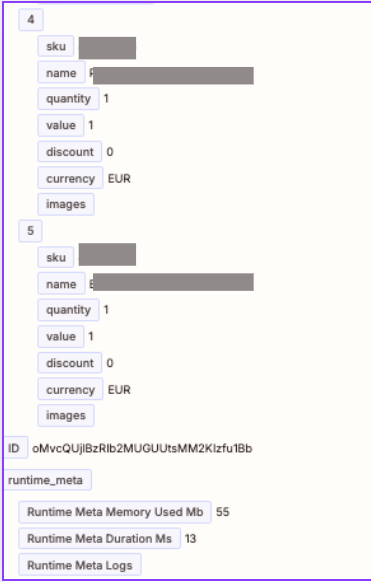Hi,
I am having issues creating multiple events in Klaviyo per line item after a Loop processes and separates the data by line item, for a detailed order confirmation.
The purpose of the automation is to create an order confirmation which contains an estimated delivery time based on the products within the order. Currently, the zap flows as follows:
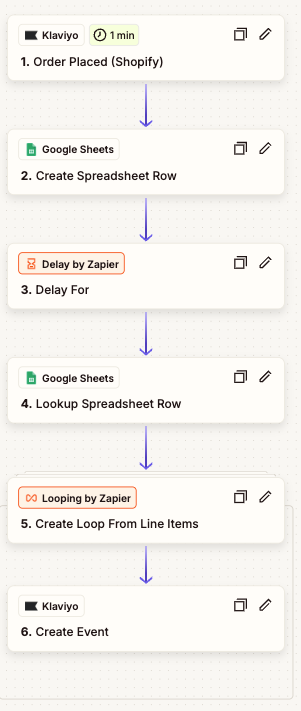
1: Order Placed
2: Spreadsheet row is added with the OrderID and SKUs within the order.
3: Delay created to allow apps script to run in Google Sheet. Apps script runs in the Google Sheet to determine the delivery estimate and outputs the value in a column.
4: Spreadsheet row with delivery estimate is passed back into Zapier
5: Loop is created for line items, with titles, values, currencies, etc included. Values are split by comma.
6: Create an event for each line item (SKU)
Loop preview CORRECTLY shows each iteration with the data correctly separated as line items. However, Klaviyo will only create 1 single event with the first iteration. I am not using the preview fields as the event properties in Custom Event property. I need 1 event per Product.
Any guidance or advice is appreciated.






